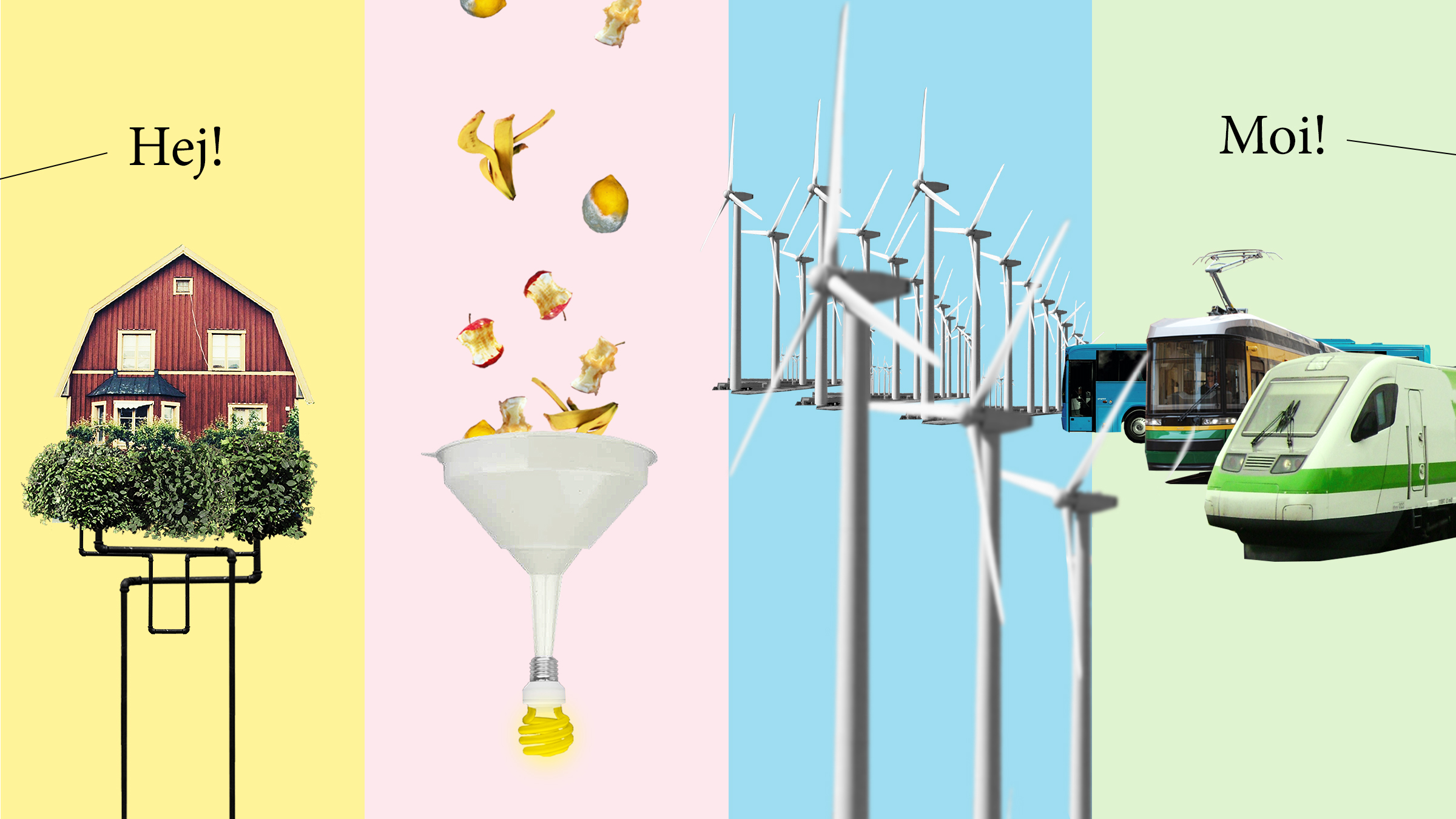These results are revealed by the Nordic Green to Scale for Cities and Communities study, the results of which will be presented on Wednesday October the 9th in the C40 World Mayors Summit in Copenhagen. The study was commissioned by the Finnish Innovation Fund Sitra with its international partners. Since 2015, the international Green to Scale project has in its different stages studied how much emissions could be reduced if the best solutions already used by pioneering cities were implemented to the same extent in other places.
“The new study shows that it is possible for cities to make great strides towards carbon neutrality by starting to use Nordic climate solutions that already exist. We should not delay things but start to implement proven solutions immediately,” says Oras Tynkkynen, Senior Advisor at Sitra.
Fourteen climate solutions already in use in different Nordic countries were analysed in the study and an estimate was carried out to see how much emissions could be reduced if these solutions were implemented on the same scale by other Nordic cities and municipalities. Energy production and transport account for the vast majority of emissions generated by municipalities and most of the solutions studied concern these sectors. The analysis included solutions such as the recovery of waste heat from waste water in Turku’s district heating network, the use of geothermal heat in the heating of single-family houses in Stockholm and cycling in Copenhagen
Wider implementation of all of the studied climate solutions would reduce emissions by a total of 26 million tonnes of carbon dioxide equivalent per year. The amount corresponds to almost half of Norway’s annual emissions.
Many new interesting solutions were also identified in the study and they are currently being piloted in several municipalities. Examples include the production of renewable methanol as transport fuel in Grindavik in Iceland, medium-deep geothermal energy in Espoo in Finland and renovation of old buildings into energy-plus buildings in Sandvika in Norway.
Cities and municipalities are now the drivers of change
While we continue to wait for states to take sufficient measures to tackle climate change, cities and municipalities have started to act.
“Cities create the framework for a more sustainable everyday life for their residents. They can take an active role in solving the climate crisis by putting words into action,” says Tynkkynen.
The climate solutions analysed in the Green to Scale project and the emission reductions have a positive impact on people’s living environments through results such as improved air quality. There are also other positive impacts, such as the health benefits to be gained from cycling.
“In addition, municipalities and households would save money if these solutions were implemented – according to our analysis, it would be up to 460 million euros a year,” adds Tynkkynen.
The Green to Scale for Cities & Communities study will be published in November. The results will be presented in the Scalable climate solutions for cities event which is part of the C40 World Mayors Summit programme. Sitra co-ordinates the Green to Scale for Cities and Communities project together with CONCITO, CICERO, the Stockholm Environment Institute, the University of Iceland and the network of the C40 cities. Nordic Council of Ministers has included Green to Scale in its Prime Ministers’ Initiative.


















Recommended
Have some more.